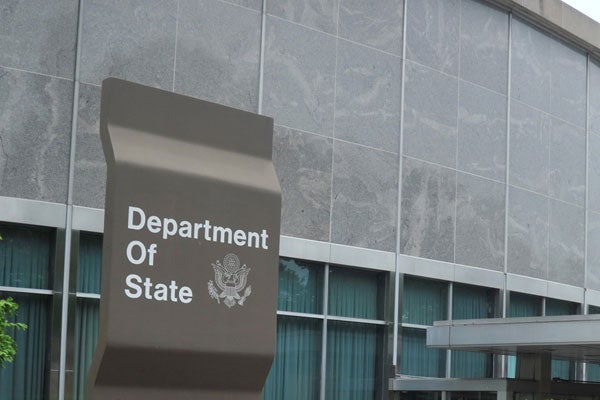Recently, The Heritage Foundation reported that the State Department is making major changes to its venerable series of “Background Notes”—transforming them from useful reference materials into a new “fact sheet” format that, in reality, is more often than not just a puff sheet for the Obama Administration’s foreign policy accomplishments.
Turns out the Administration is also using the new format to promote more spending of American tax dollars on official U.S. foreign aid—something that naturally requires more government to deliver.
An analysis of the new fact sheets done to date (compared to the old Background Notes) reveals that, whereas in the past, U.S. foreign aid was rarely even mentioned—and never prominently—it is now front and center. It doesn’t even seem to matter whether any U.S. development assistance is actually going to the country!
Australia is a prime example. While the old Background Note does not mention U.S. foreign assistance, the recently updated “Fact Sheet” extols the “cooperation” between the U.S. Agency for International Development (USAID) and its Australian counterpart, AusAID. Conversely, the Fact Sheet for Canada helpfully points out that the “United States provides no foreign assistance to Canada.”
Given the disproportionate attention now lavished on foreign aid in the new Fact Sheet template, it is hard to draw any conclusion other than the obvious—that the Obama Administration designed them to promote more spending on development assistance. Of course, no details are ever included as to the costs of these programs to U.S. taxpayers.
U.S. foreign aid is a tiny fraction of the total U.S. budget. Although it represents 65 percent of the total State Department/USAID budget for Fiscal Year 2012, it is only 1.4 percent of total federal outlays. Some of this is money well spent. However, numerous studies have shown that trade and investment are far more effective than foreign aid in reducing poverty.
With global GDP for 2012 exceeding $80 trillion, U.S. foreign aid is not even a drop in the bucket. Moreover, U.S. foreign aid is just a miniscule amount of total foreign direct investment (FDI)—about 2/10 of 1 percent of worldwide FDI. If annual global FDI were divided by 365, U.S. foreign aid would account for about one day of it.
Given these statistics, you wouldn’t think that U.S. foreign aid would occupy such a prominent position in the so-called “Fact Sheets.” But it does.
And while the dollar amount of Official Donor Assistance from the U.S. government is small, it is worth noting that private, voluntary American philanthropy is not. In fact, donations of cash and in-kind services by private American citizens are one of the largest sources of U.S. foreign assistance—by a factor of more than three. And this does not include massive (and job-creating) annual Foreign Direct Investments overseas by U.S. companies.
The distorted perspective of the new “Fact Sheets” is just another example making one thing abundantly clear—that for the Obama Administration, the story line is always and in every way about more government.
